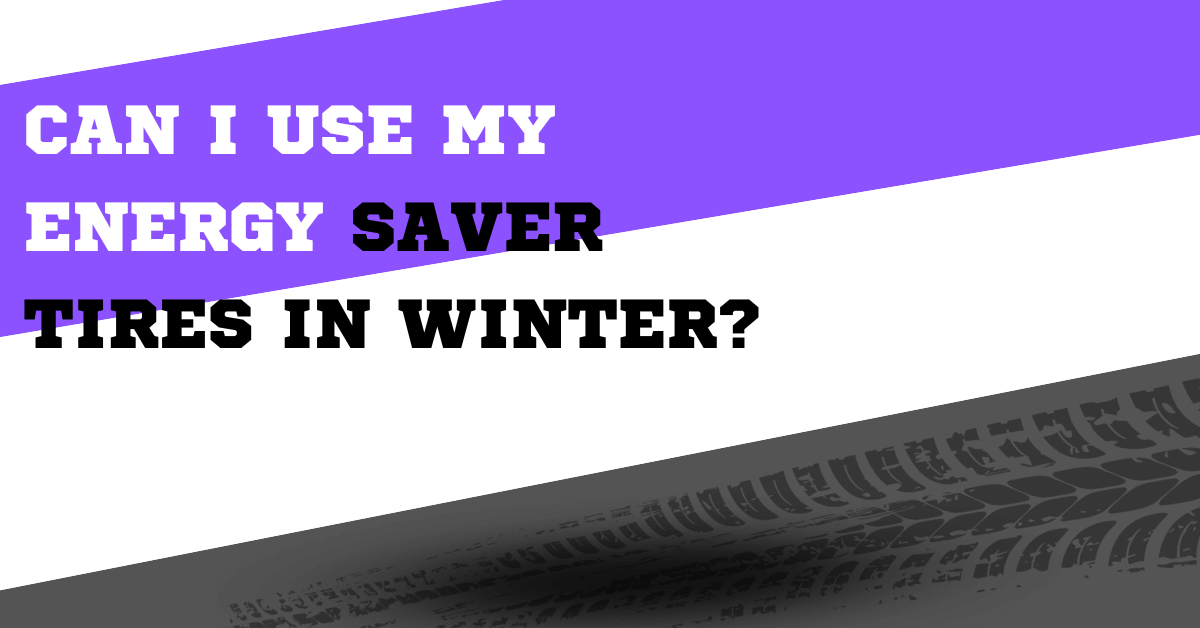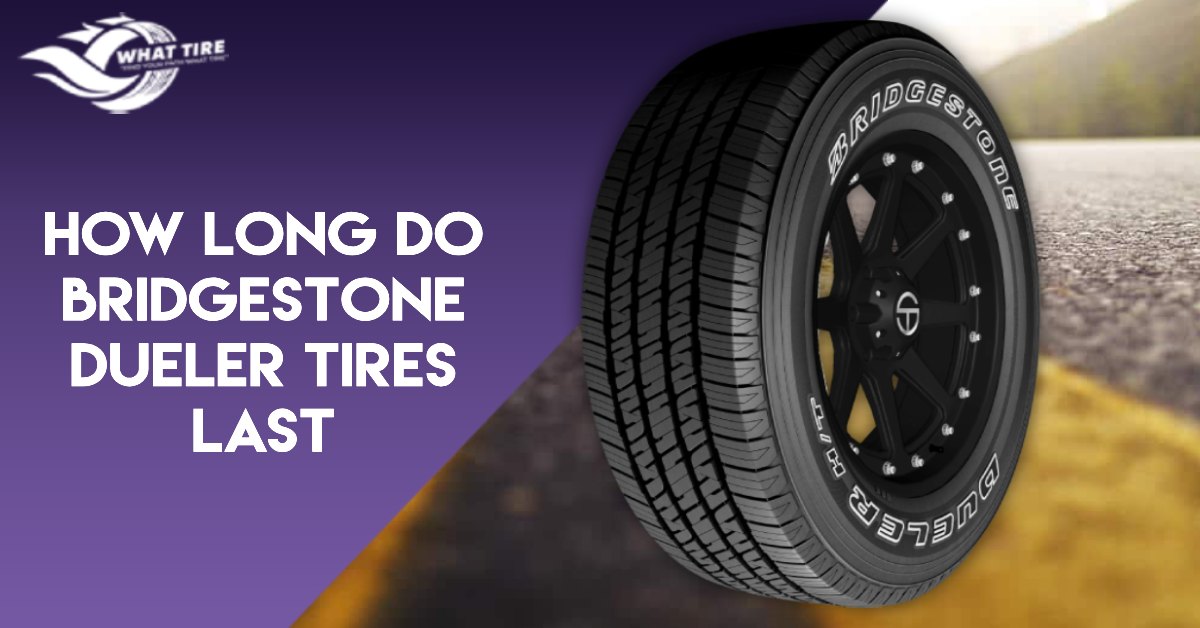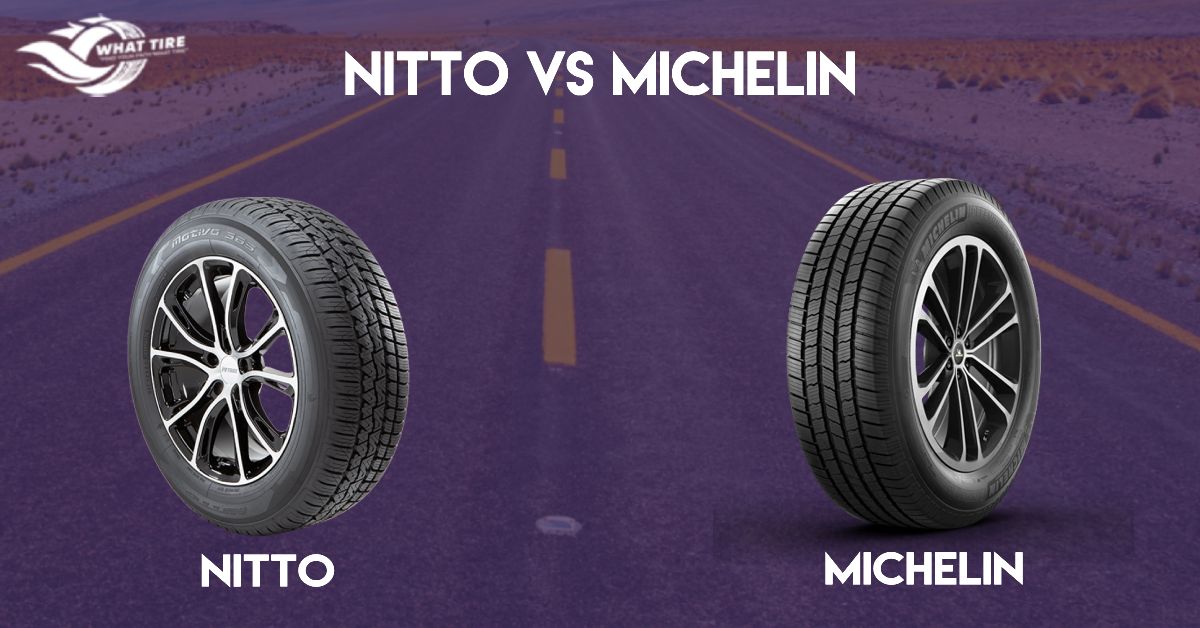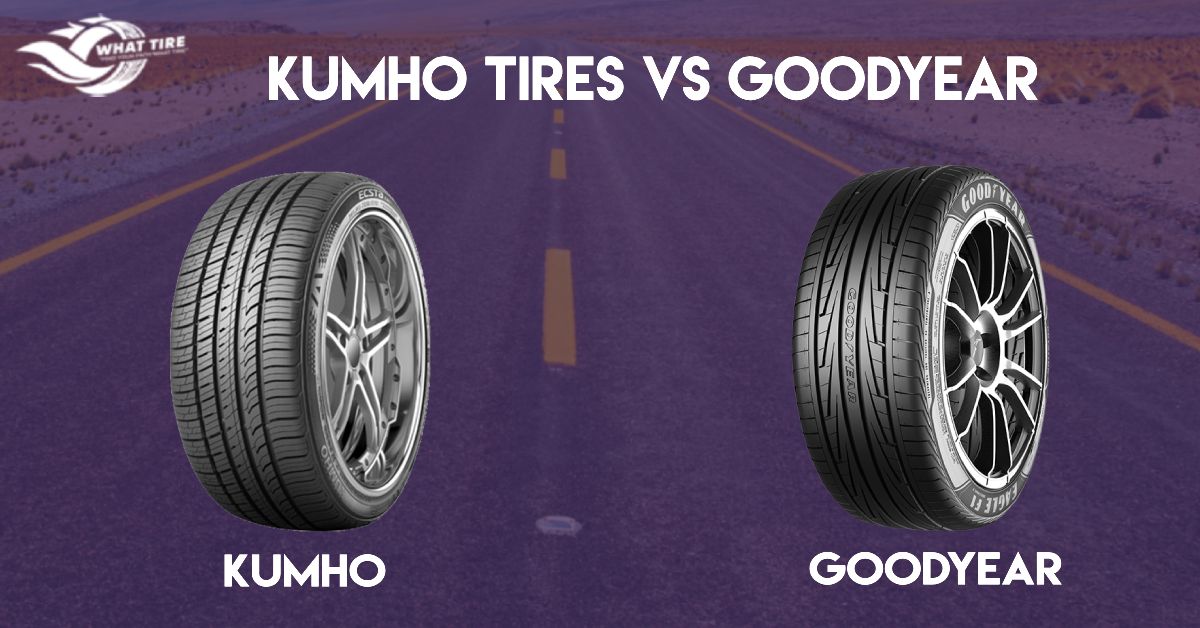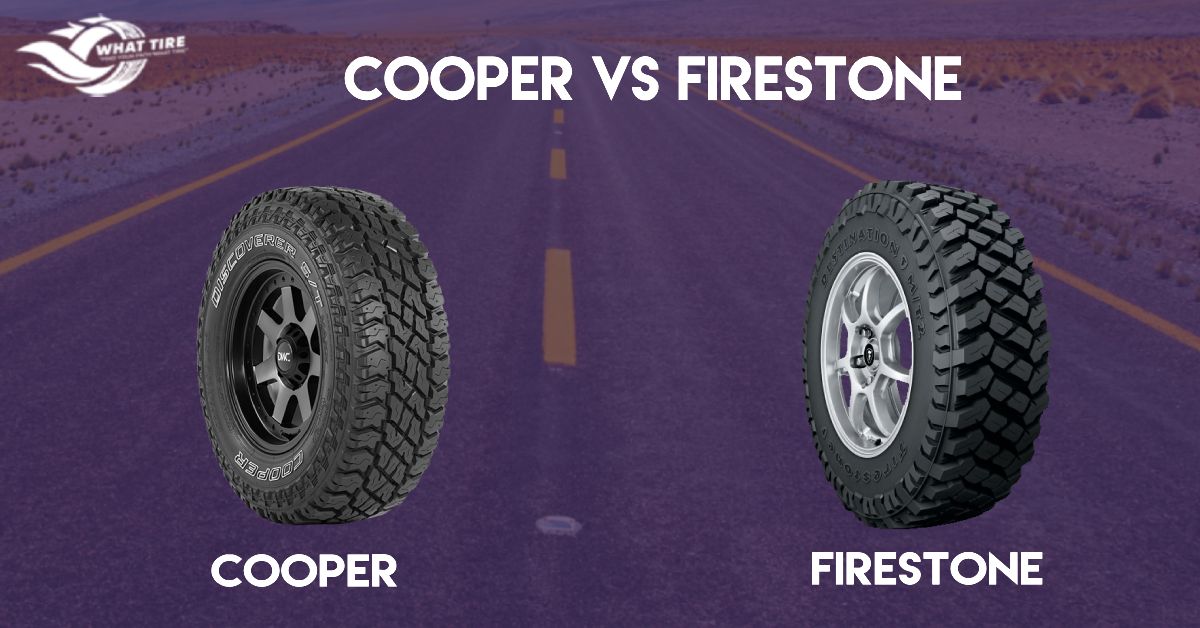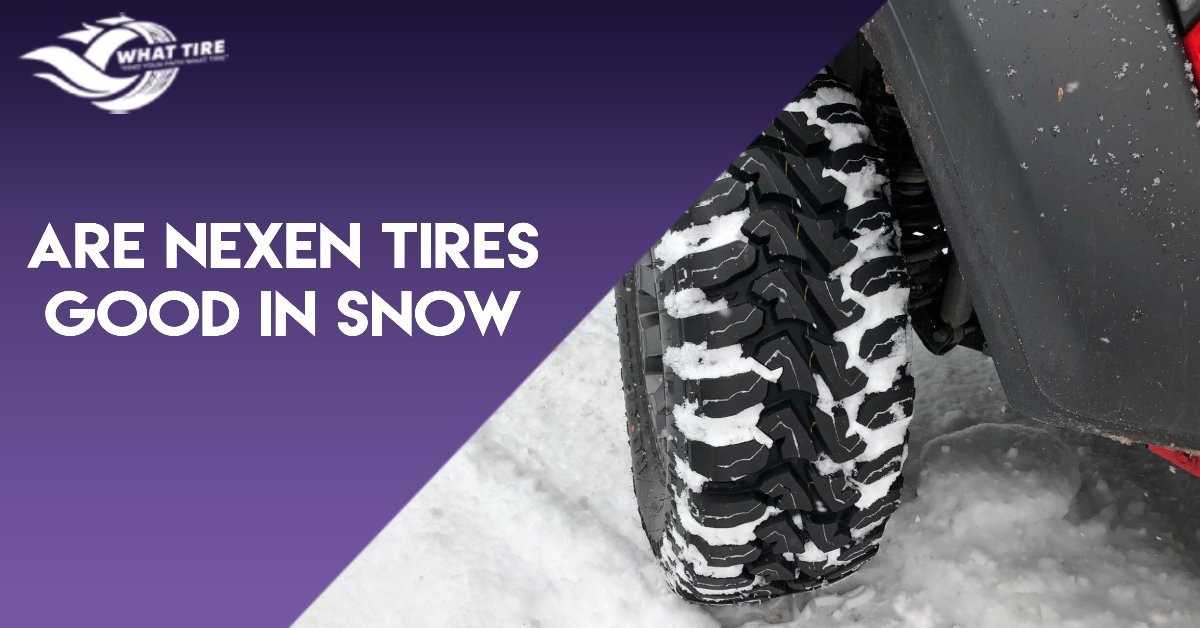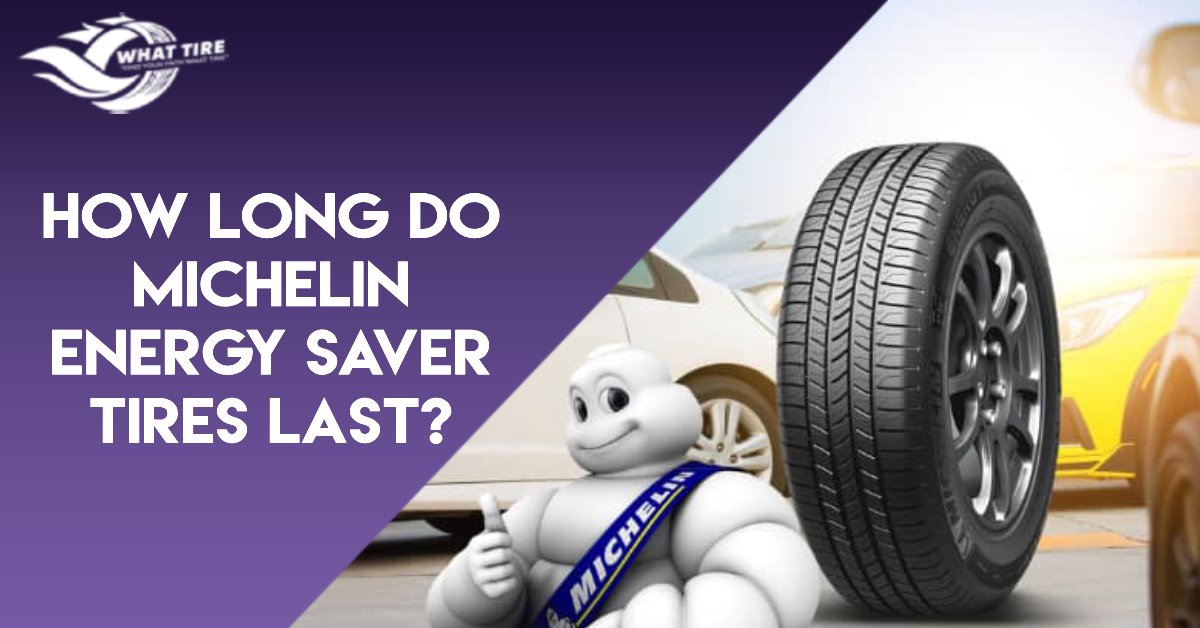If you’re in the market for new tires and are considering Michelin Energy Saver tires, you’re probably wondering about the expected lifespan of Michelin Energy Saver tires. It’s a valid question, as the lifespan of your tires can significantly impact your driving experience and overall cost of ownership.
In this comprehensive guide, we’ll not only answer that crucial question but also delve into the performance, maintenance, and value aspects of Michelin Energy Saver tires. Whether you’re a seasoned driver or simply looking for ways to improve your vehicle’s efficiency, this guide has you covered.
So, let’s dive in to find out how long do Michelin Energy Saver tires last.
Table of Contents
ToggleAre Michelin Energy Saver Tires Any Good?
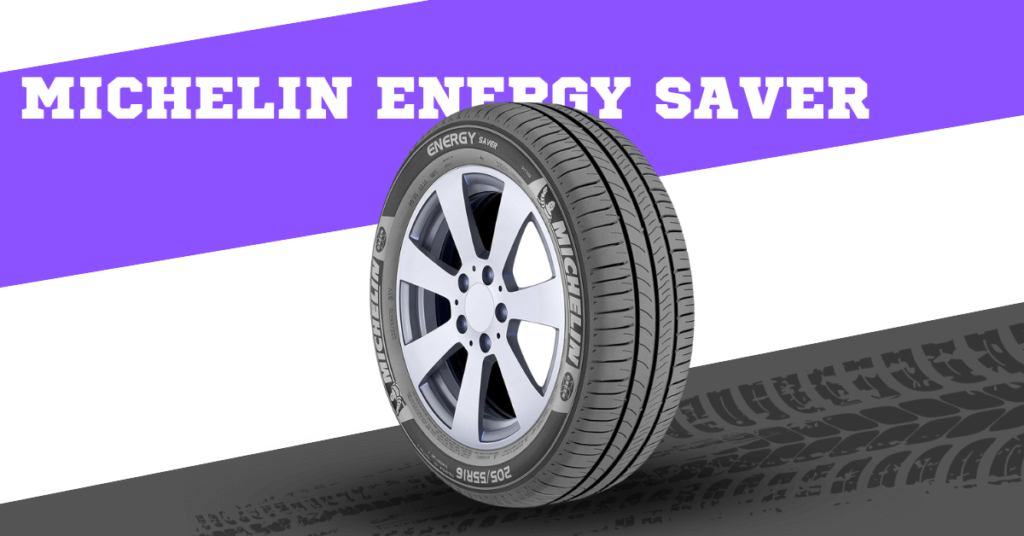
When it comes to selecting tires for your vehicle, one of the most crucial considerations is the brand’s reputation. Michelin, a name synonymous with quality and innovation in the tire industry, has earned its place as a trusted tire manufacturer for over a century.
Here, we’ll review Michelin’s reputation, explore the features and benefits of their Energy Saver tires, and take a look at customer reviews and satisfaction ratings.
1. Michelin’s Reputation
Michelin’s reputation is built on a solid foundation of tire technology, safety, and durability. As a globally recognized tire manufacturer, Michelin has consistently delivered high-performance products that meet the evolving needs of drivers worldwide.
Their commitment to innovation and sustainability has earned them a leading position in the tire industry.
2. Features and Benefits of Energy Saver Tires
Energy Saver tires are designed with several features that make them a popular choice among drivers seeking both performance and efficiency:
- Low Rolling Resistance
Energy Saver tires are engineered to reduce rolling resistance, which means less effort is required to keep your vehicle moving forward. This feature enhances fuel efficiency, saving you money at the gas pump.
- Enhanced Tread Life
These tires are known for their long-lasting tread life, which is a significant factor in answering the question of how long Michelin Energy Saver tires last. The tread compound and design contribute to their impressive longevity.
- Exceptional Wet and Dry Traction
Michelin’s Energy Saver tires provide excellent grip on wet and dry road surfaces, contributing to enhanced safety and performance.
- Reduced Road Noise
Drivers appreciate the quiet and comfortable ride provided by Energy Saver tires, thanks to their noise-reducing features.
- Customer Reviews and Satisfaction Ratings
To gauge the real-world performance and satisfaction levels of Michelin Energy Saver tire users, it’s valuable to consider customer reviews and ratings.
Many drivers who have chosen Energy Saver tires report positive experiences, highlighting factors like improved fuel economy, comfortable rides, and extended tread life.
Online reviews and ratings on various automotive forums and websites can provide valuable insights into the performance of these tires in different driving conditions.
While individual experiences may vary, Energy Saver tires generally receive favorable reviews, which is a testament to their overall quality and performance.
How Long Do Michelin Energy Saver Tires Last?
Tire longevity is a critical concern for most drivers, as it directly impacts your driving experience and budget. To answer the question of how long Energy Saver tires last, we need to consider several key factors that influence tire lifespan.
Michelin Energy Saver Tire lifespan factors
1. Tread Compound and Design: Energy Saver tires are engineered with a unique tread compound and design that emphasizes durability. The quality of these materials and the depth of the tread grooves play a significant role in determining how long the tires will last.
2. Driving Habits and Conditions: Your driving habits and the conditions in which you regularly drive can affect tire wear. Frequent hard braking, aggressive cornering, and driving on rough terrain can shorten tire life.
3. Maintenance Practices: Proper tire maintenance is crucial for maximizing longevity. Regular tire rotations, wheel alignments, and balancing can ensure even wear and extend the life of your Energy Saver tires.
4. Tire Size and Load Rating: Choosing the correct tire size and load rating for your vehicle is essential. Oversized tires or those with an inadequate load rating can wear out prematurely.
5. Climate and Temperature: Extreme temperatures, both hot and cold, can affect tire wear. Prolonged exposure to high heat or freezing cold can cause the rubber to degrade more quickly.
6. Inflation Pressure: Maintaining the recommended tire pressure is critical. Underinflated tires can generate excessive heat, leading to accelerated wear, while overinflated tires can cause uneven wear patterns.
How Many Miles Do Michelin Energy Saver Tires Last?
On average, Energy Saver tires can last anywhere from 60,000 to 80,000 miles or more, depending on the factors mentioned above. This makes them a cost-effective choice for many drivers, as they provide excellent longevity.
How Many Kilometers Do Michelin Energy Saver Tires Last?
In kilometers, Michelin Energy Saver tires can typically last between 96,560 to 128,750 kilometers or more. This translates to a durable and reliable tire option for those who prefer the metric system.
It’s important to note that these are general estimates, and actual tire lifespan can vary based on individual circumstances and usage.
Average Lifespan of Michelin Energy Saver Tires in Real World
While estimates and factors are helpful, real-world experiences and case studies offer valuable insights into how Energy Saver tires perform over time. Many drivers have reported that these tires live up to their reputation for longevity, with some exceeding the estimated mileage ranges.
Case studies of long-term use often highlight the consistent tread wear and reliable performance of Energy Saver tires.
To gain a better understanding of how these tires might perform for you, it’s advisable to seek out reviews and testimonials from fellow drivers who have used Energy Saver tires in conditions similar to your own.
These firsthand accounts can provide valuable information to help you make an informed decision regarding your tire choice.
Michelin Energy Saver Tires Maintenance Tips
Maintaining your Energy Saver tires is essential for ensuring their longevity and optimal performance. Here are eight crucial maintenance tips tailored specifically for these high-quality tires:
- Regular Tire Inspections: Routinely check for any visible damage, cuts, or punctures on the tire surface. Promptly addressing these issues can prevent further damage and extend the tire’s lifespan.
- Proper Inflation: Maintain the recommended tire pressure as specified in your vehicle’s manual. Underinflated tires can lead to increased rolling resistance and premature wear, while overinflation can cause uneven wear patterns.
- Wheel Balancing: Have your tires balanced regularly to distribute weight evenly across the tire surface. This prevents uneven wear and ensures a smoother, more comfortable ride.
- Rotate Tires: Regularly rotating your Michelin Energy Saver tires helps promote even tread wear. Consider rotating them every 6,000 to 8,000 miles or as recommended by your vehicle’s manufacturer.
- Alignment Checks: Periodically check and adjust the wheel alignment to ensure all four tires make consistent contact with the road. Improper alignment can lead to accelerated wear and reduced fuel efficiency.
- Avoid Overloading: Adhere to the load-carrying capacity specified for your vehicle. Overloading your vehicle can put excessive stress on Michelin Energy Saver tires, leading to premature wear and reduced performance. Check your vehicle’s owner’s manual for the recommended load limits.
- Proper Storage: If you have spare tires or need to store your Michelin Energy Saver tires, store them in a cool, dry place away from direct sunlight and extreme temperatures. Use tire covers or protective bags to shield them from environmental elements.
- Replace in Sets: When it’s time to replace your tires, it’s generally recommended to replace all four tires at once, even if only one or two show signs of wear. This ensures uniform handling and traction across all wheels, promoting safety and performance.
By following these maintenance tips, you can maximize the lifespan of your Michelin Energy Saver tires and enjoy the full benefits of their efficiency, performance, and durability.
Conclusion
In summary, Michelin Energy Saver tires offer a compelling combination of durability, fuel efficiency, and overall performance. Understanding the factors that influence Michelin Energy Saver tire performance over time can help you make informed decisions for your vehicle.
By following maintenance tips and considering your specific driving needs, you can extend the life of these high-quality tires and enjoy their benefits for many miles to come.
FAQ’s
Yes, these tires provide excellent traction on both wet and dry roads due to their specialized tread design and materials.
Absolutely, these tires are suitable for electric vehicles (EVs) and can enhance their efficiency and range.
Yes, Michelin typically offers a limited warranty for their tires, including Energy Saver models. Check with the retailer or Michelin’s website for details.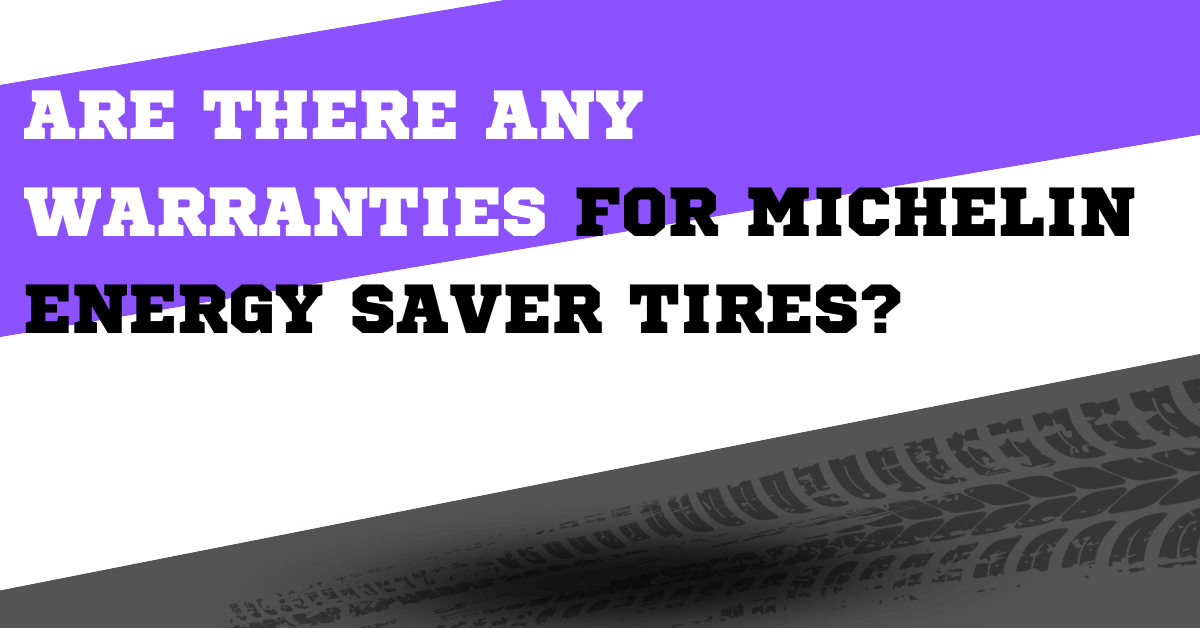
Yes, they often prove cost-effective in the long run due to improved fuel efficiency, despite a higher upfront cost.
No, they are not designed for winter conditions. For snowy or icy roads, consider dedicated winter tires for safety.